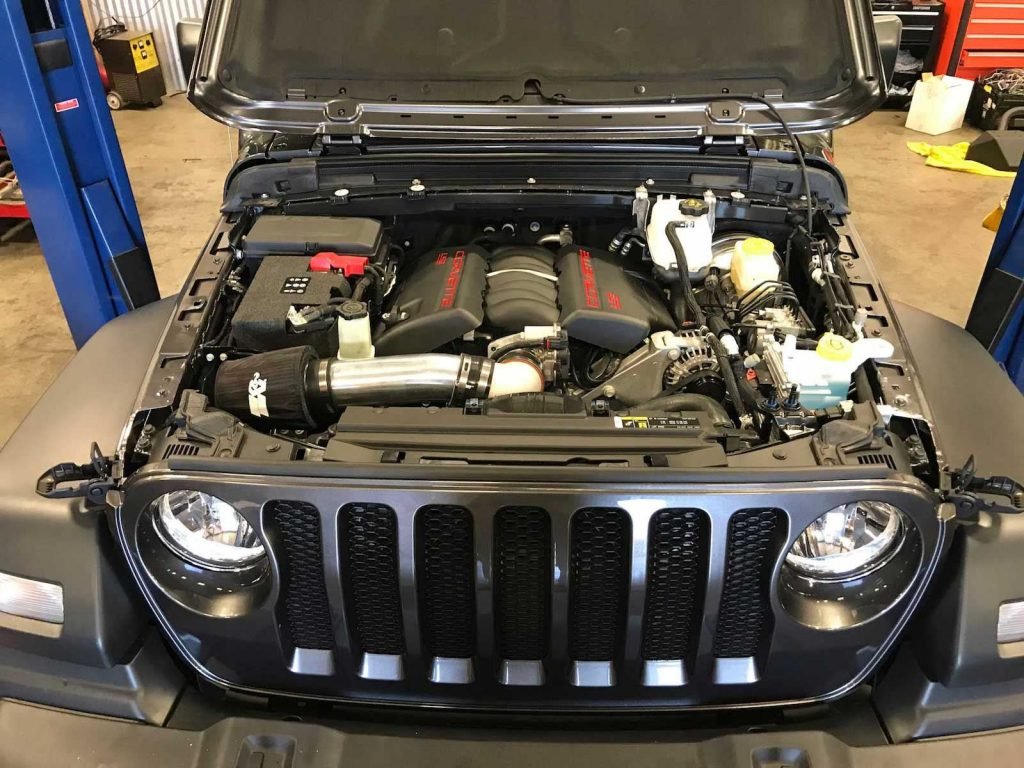Lockdowns are decimating production targets on the other side of the planet.
The current state of the global economy and supply chain networks has left a multitude of businesses including vehicle manufacturers in the lurch, and numerous major brands have had to halt vehicle production altogether, causing massive delays and eventually long waiting lists for customers. Last week, we reported that Tesla was starting to deal with the same supply chain issues facing the rest of the industry, and these parts shortages couldn’t come at a worse time, as Tesla continues to smash sales records. Unfortunately, the waiting lists for the Model 3 and Model Y have started to show the effects of an ailing world economy, and new buyers in countries like Australia can now expect to wait up to a year to get behind the wheel of a Model 3.
The latest delay in the supply of Tesla vehicles is being blamed on the shutdown of the Tesla Gigafactory in Shanghai. The factory, which only recently reopened, is only delivering around 35% of its original output. The Shanghai factory produced over 2,300 cars per day back in February. According to CPCA (China Passenger Car Association) data, Tesla managed to deliver 181,544 cars out of the plant during the first quarter. With production resuming on April 19 (with a reduced workforce) it is estimated that Tesla has had a production loss of over 50,000 Tesla Model 3 and Model Y cars for the export market.
“We’ve lost about a month of build volume out of our factory in Shanghai in the second quarter due to Covid-related shutdowns,” said Tesla CFO Zach Kirkhorn.
Markets such as Australia and New Zealand are now seeing the waiting time for orders placed late last year, and early in 2022 extend to around seven months, and those who have ordered in April can now wait up to a year. The delays have become so serious that some customers are still waiting for VIN numbers for cars they ordered in December 2021. Despite this long wait, and a recent price increase of nearly $3,000, demand continues to outstrip supply in Australia. With production slowly ramping up, and staff issues ever-present, it is doubtful that the Shanghai factory will get back to its previous production levels soon, and in the meantime, Tesla will be looking to further increase the price of the Model 3 and Model Y to suppress further demand. Despite these setbacks, the Model 3 continues to be the best-selling EV in Australia.



